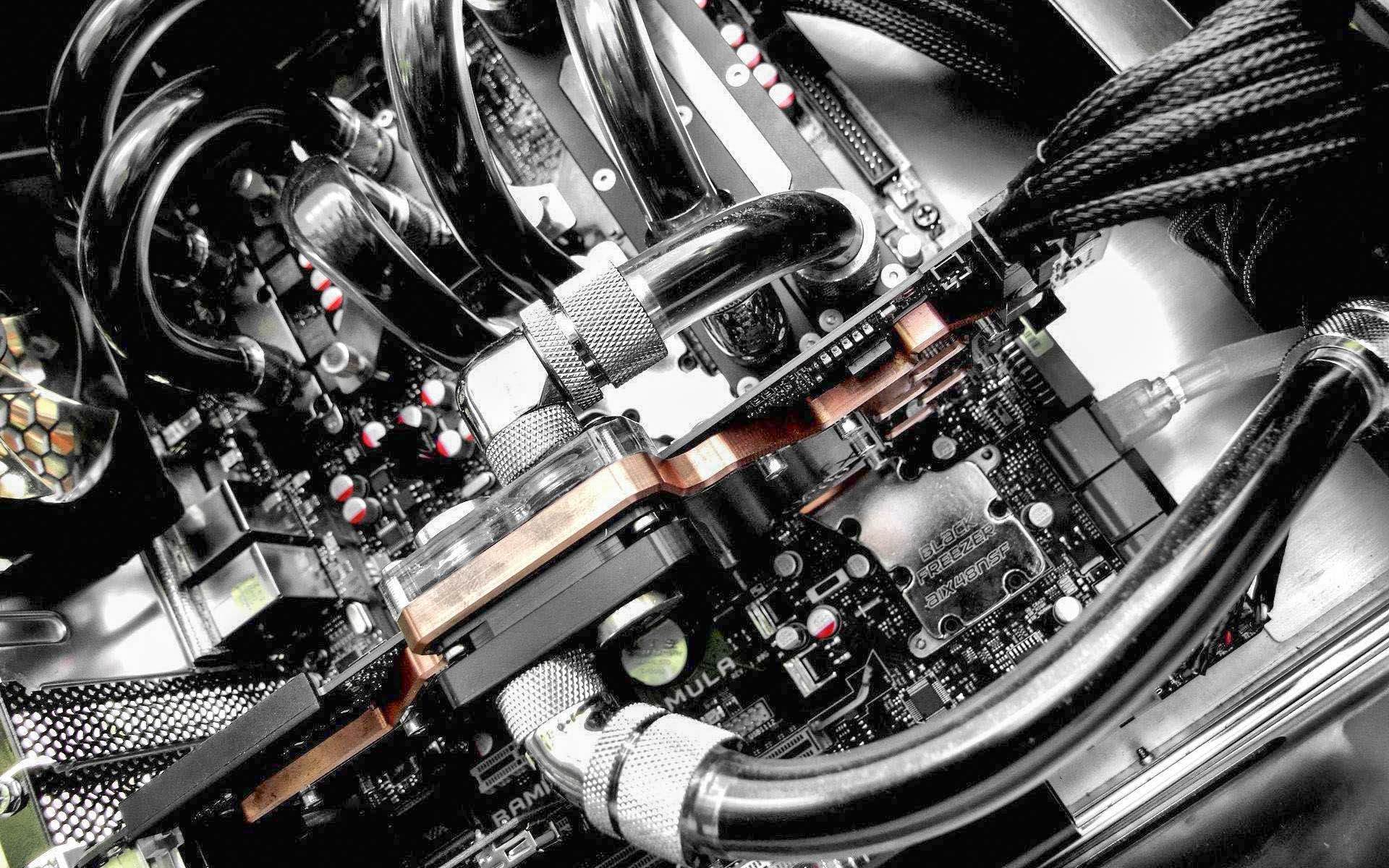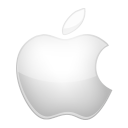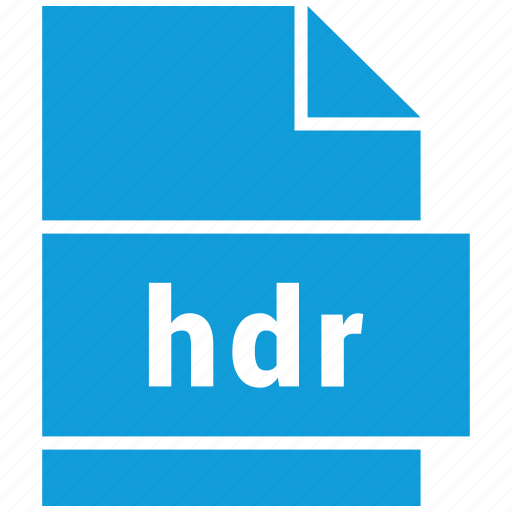
Hardware
Computer hardware is a part or component of a computer device. It is the physical part of the computer, it is paired with the software (software or firmware). There are components located inside the device that are essential to its operation and other secondary ones located outside (peripherals).
The interior parts are, most of the time, mounted on printed circuit boards. The parts or components are built by different manufacturers and interconnected with each other. Compliance with standards and very precise specifications by the various manufacturers allows the operation of the whole.
Parts are used to either receive information, send it, exchange it, store it or process it. All operations are carried out in accordance with the instructions contained in the software and the manipulations of the peripherals of the human-machine interface.
A computing device is an automaton that processes information in accordance with previously recorded instructions, according to the principle of the Turing machine. A microcomputer is made up of:
- A processor is a device that executes computational instructions on information. The processor draws information and processing instructions from memories or information storage devices (internal or external). The processing results are also placed in the memories;
- Input devices allow a human to control the computer device and to introduce information (keyboard, mouse, USB key, CD, etc.). Other peripherals (internal or external) make it possible to know various parameters (geographical position, temperature, etc.);
- Output devices are used to extract information from the computing device, and present it in a form usable by a human (screen, speaker, etc.) or by a peripheral such as a DVD, a USB key, etc.;
- Telecommunication devices allow the exchange of information between different computer devices thanks to the computer network (bluetooth, WIFI, Ethernet, etc.). Wired cables provide a more reliable and accurate connection than radio wave transmissions, regardless of the device, weather and room layout.
The case and peripherals
The interior of the casing of a computer device contains one or more printed circuits on which electronic components and connectors are soldered. The motherboard is the central circuit board, on which all other equipment is connected. Peripherals are by definition the equipment located outside the box. This equipment can be connected by cables, which are often computer buses or Ethernet but more and more often by radio links (WIFI, Bluetooth, etc.)
Entrance
Input devices are used to control the computing device or to send information to it.
Input data is digitized for use by the processor.
All of the control devices and the directly associated output peripherals form a control facade called the man-machine interface.
Information storage
Storage devices are used to store information in the form of binary numbers.
A memory is an electronic (integrated circuit) or electromechanical device intended to store information in a computing device. A cache memory is a high-speed, low-capacity memory intended to temporarily store information that is frequently manipulated by the computing device. A mass memory is a high-capacity storage device — often electromechanical — designed to store a large amount of information for a long time.
Processing
A computer device contains at least one processor, or even 2, 4, or more. Giant computers contain hundreds or even thousands of processors linked in a neural network, a concept inspired by the anatomy of the brain.
Exit
Output devices are used to present information from a computing device in a form recognizable by a human.
Networks
Network equipment is all the equipment relating to the communication of information between computing devices. The equipment is used for sending information, receiving, retransmitting, and filtering.
Communications can be by cable, radio wave, satellite, or fiber optics.




